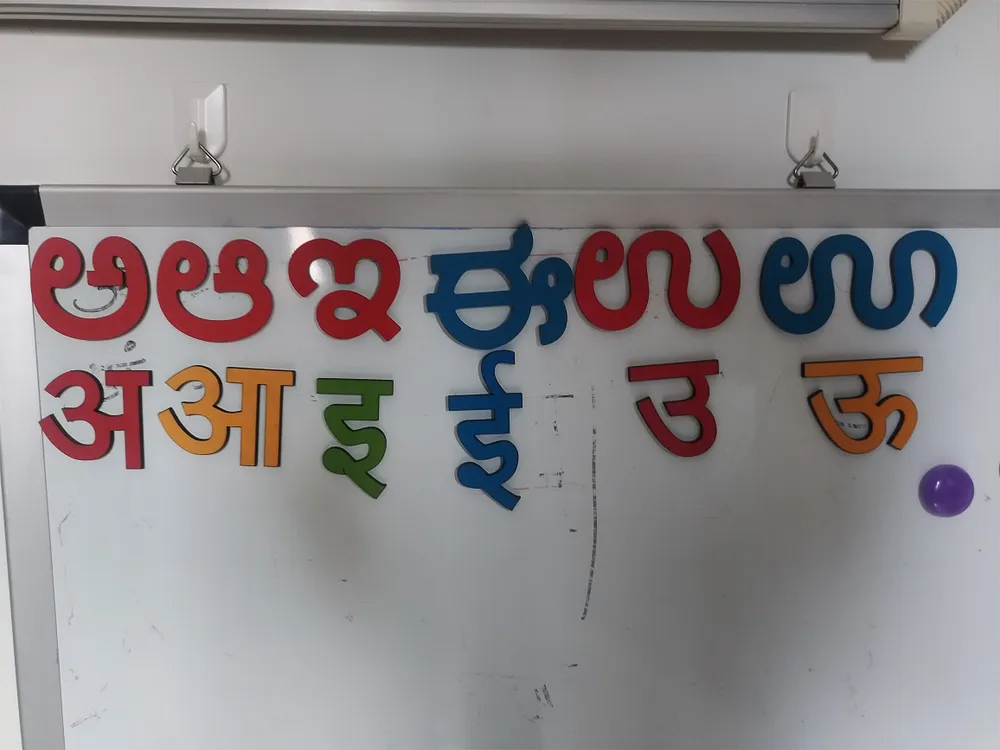How technology affects language adoption
I’m teaching my five year old kid Kannada and Hindi letters using wooden blocks. It struck me that we were essentially simulating movable type printing press. And while doing this, it became clear why Roman letters are so well-suited to movable type printing, keyboards etc. The analogy I have in mind is that Roman script is the MP3 format of writing. Here’s why.

Using Roman script, you need just 26 letters to approximate any word with a somewhat suboptimal precision. There’s a lot of information loss in compression. However, the advantage is that this script has no maatraas, and absolutely no half-letters above or below the main letters, which makes it really easy for a printing press. The mechanical devices only require you to have multiple sets of these 26 letters, and you are set.
Contrast that with any Indian language - maatraas look different on different characters. You need symbols above and below letters. In Urdu, the letters themselves change depending on where they are placed in a word. And for a language like Mandarin, you need 200-odd “letters” to write something reasonably complicated.
Most Indian language scripts have the advantage that there is no ambiguity. They are what we call WYSIWYG (What you see is what you get). They try to encode all phonetic information precisely and hence carry a lot more information per radical. The analogy is that they are the WAV format of scripts. The disadvantage is that they are not ideal for mechanical and electronic devices, as seen by the fact that even today we use transliteration to type them digitally. The keyboards made using them aren’t user-friendly at all.
So the win of the English script over others might also have something to do with the unique technological properties of its script.